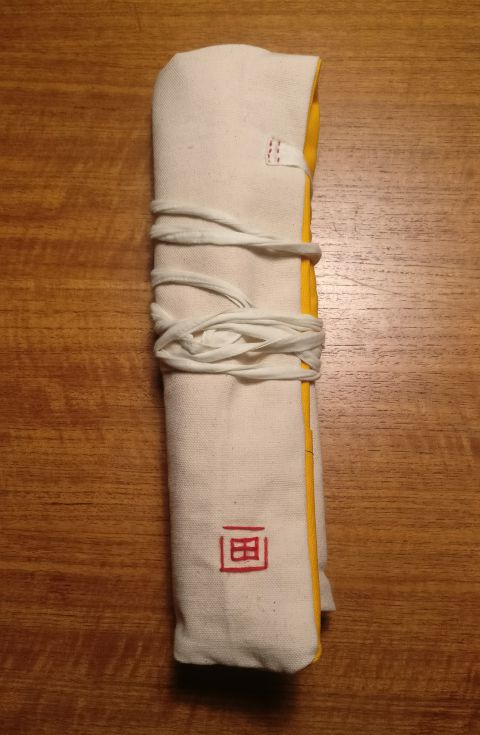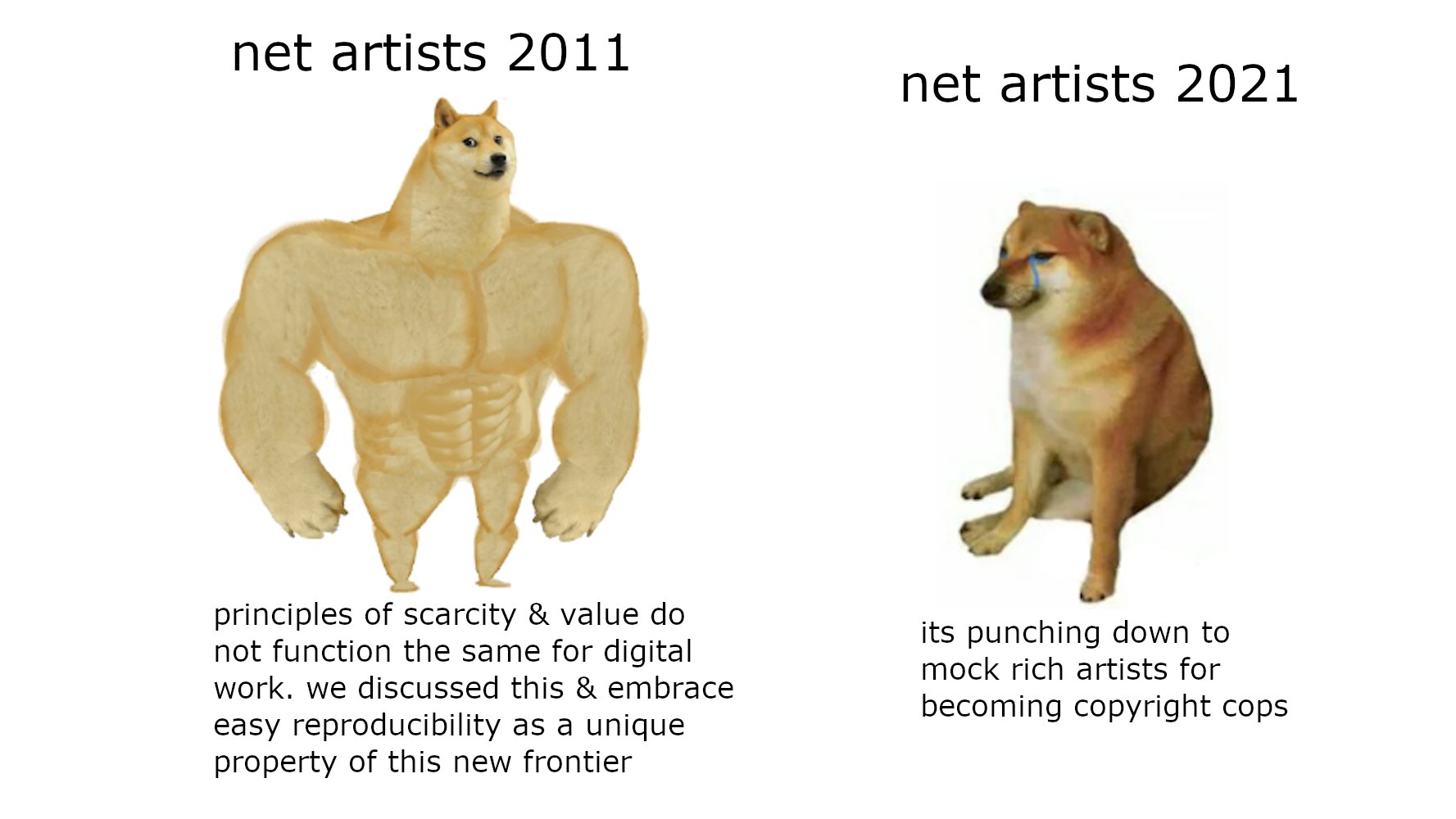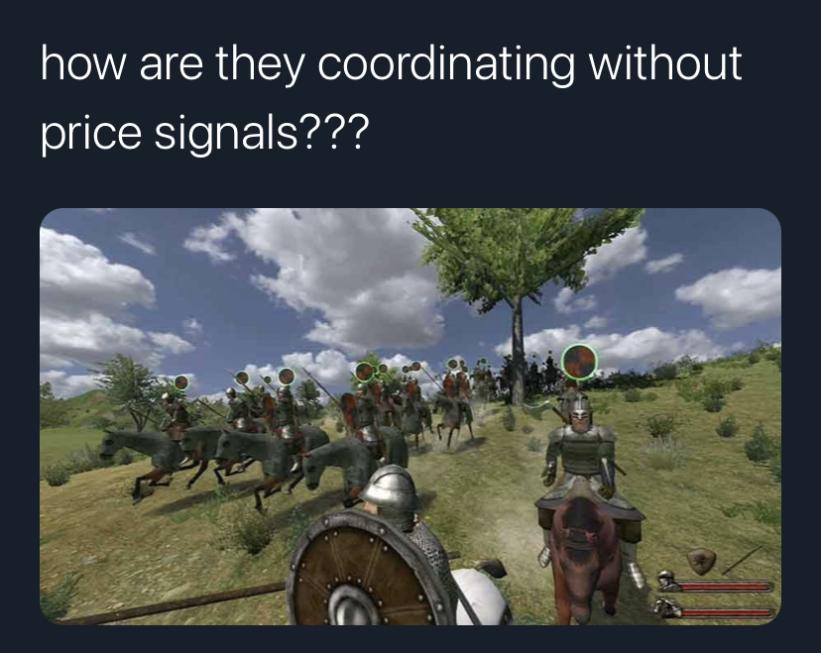Log: 3/12/2021
I’m going to try to write more regularly and this seems like a good, low-pressure format. It’ll also help me remember what I read/was thinking about during the week and ground the passage of time more (I hope).
The Distributive Effects of Risk Prediction in Environmental Compliance: Algorithmic Design, Environmental Justice, and Public Policy
Examines the shortcoming of an algorithmic/machine learning approach to allocating resources for Clean Water Act violations. The current model’s objective function is the number of violations as opposed to the severity of violations. So it would prioritize, for example, frequent but small amounts of pollution over infrequent but large amounts. However, the frequency of violations itself a function of who’s health is prioritized (i.e. where violations are routinely checked for), and the existing distribution of environmental violations exacerbates this inequity, given that polluting facilities are more likely to be sited around/within marginalized communities (so not only are violations less frequently checked for, but the total amount of pollution is also greater). The choice of that objective function just further compounds those environmental inequities. h/t Jay
A comprehensive quantification of global nitrous oxide sources and sinks
Gives a sense of the scale of NO2 emissions and insight into its main driver (fertilizer). That simulated fertility is killing the planet is a real twisted thing. I have a piece in edits about fertilizer (draft here), and after writing that it became really clear why some consider the “metabolic rift” (which in a crude/oversimplified way is about the dislocation of agricultural production) as one of the foundational pieces of capitalism. Via this summary of the paper
Anatomy of a counter-insurgency: Efforts to undermine the George Floyd uprising, Martin Schoots-McAlpine and The other side of the COIN: counterinsurgency and community policing, Kristian Williams
A useful overview of how state counterinsurgency tactics played out over the peak of last year’s George Floyd protests and a deeper dive into the development of counterinsurgency tactics and the police-military pipeline in apply/developing strategies domestically and abroad.
All COIN tactics are focused on building legitimacy with the population and the approaches mostly shake out to a kind of “good cop, bad cop” at the level of a city, region, or nation. A key first step is drawing a line (whether real or not) between “radical” or “extremist” elements and more “moderate” elements (usually along the lines of “violence” and non-violence; I put “violence” in quotes because actions that go no further than property destruction are considered “violence” in this context). On one hand, this division serves to make crackdowns on the radical group more palpable to the moderate elements, and it also encourages the more moderate elements to scramble to demonstrate their non-belonging to the radical group and basically act as a mouthpiece for/collaborators with e.g. the police. This radical-moderate division in this particular case is also applied to the police themselves, with the isolation of the murderous cops as “bad apples” (though seeing no real consequence for it) and the rest of them as moderate, and the moderate elements of both parties (moderate protesters and moderate cops) fuse together in a way that is meant to amplify (the military might say “force multiply”) their “reasonableness” (i.e. cops marching with protesters or whatever).
Each piece goes into more depth and covers a lot of the longer-term foundation-building work (e.g. the role non-profits play).
Semi-related is this photo collection of DIY protest gear made by the Tute Binache, a movement that was inspired by the EZLN (see below).
The Uprising of Dignity - The Zapatista Movement in Chiapas / Mexico
I knew about the EZLN (they had a pretty potent media presence in the 90’s; Rojava has maybe taken up a similar place today; I don’t know if Rage Against the Machine has a song about Rojava but people there have been playing RATM) but couldn’t really tell you much detail about them (I don’t mention them at all in the fertilizer piece above, when in retrospect I really should have); this documentary that gives some insight into their day-to-day life and organization. I don’t know how dated the documentary is (looks like it might be from the 90’s) but it’s clear that they’ve achieved a lot though still struggle with internal issues such as women’s self-determination and, of course, the Mexican state and paramilitary forces. I have to imagine that there have been many changes in the decades since.
There was also a great exhibit about them at the Queens Museum in 2019, featuring a giant corn spaceship.
‘I learned about storytelling from Final Fantasy’: novelist Raven Leilani on Luster and video games, Raven Leilani interviewed by Keith Stuart
In the past couple months I’ve been thinking more seriously about a game, Fugue, that I’ve had in the back of my mind for years now (I’ll write more about it in the near future). Two main reference points are Final Fantasy VII and Final Fantasy VIII, since those two games were so formative for me and had a very strong ensemble cast element to them. So it was exciting to see this interview with Raven Leilani, who also points to FF7 as an inspiration. Her words on FF7 and video games in general resonated with my thinking around Fugue:
“Games are not simply an escape from the real world, they’re a place to process what has happened in the real world,” says Leilani. “That’s how it has worked for me. I’m extremely introverted and I’m naturally inclined to more solitary activities. I want to be sucked into an experience.”
When I ask Leilani if playing Final Fantasy has influenced her approach to storytelling, she nods enthusiastically. Luster is filled with beautiful, intricate observations – she places brand names, specific disco songs and other cultural artefacts with the exactness of an artist setting up a still life painting. This, she says, is something she learned from RPGs. “You follow a character on this journey of self-discovery, and I like the work that it entails. I like going into villagers’ houses and finding what’s there, I like talking to NPCs and exhausting my options. I love being rewarded for that attention and rigour … It’s hard to articulate the magic of a world that responds to you in that way.
“RPGs represent something that is central to making art, which is data collection and attention. You have to be rigorous and curious – because curiosity, too, is central to art,” she says. “You have to seek out the gifts that are built into the world. Playing those games and seeing how they work and knowing how to advance not just the game but the character in their journey, helped give me patience for the accumulation of small epiphanies and small interactions.
“All of it means something – that’s the most succinct way I can put it. Small things matter.”
(Incidentally, something bizarre/brilliant about FF7 is that Barret, who is the leader of the eco-group that bombs planet-killing energy facilities in the game, later becomes an oil prospector in FF7: Advent Children.)
Visible mending
A beautiful example of visible mending:

I learned to sew this past year and have been doing a fair amount of repairing worn clothing and modding old backpacks and the like. Here are a few things I’ve made:
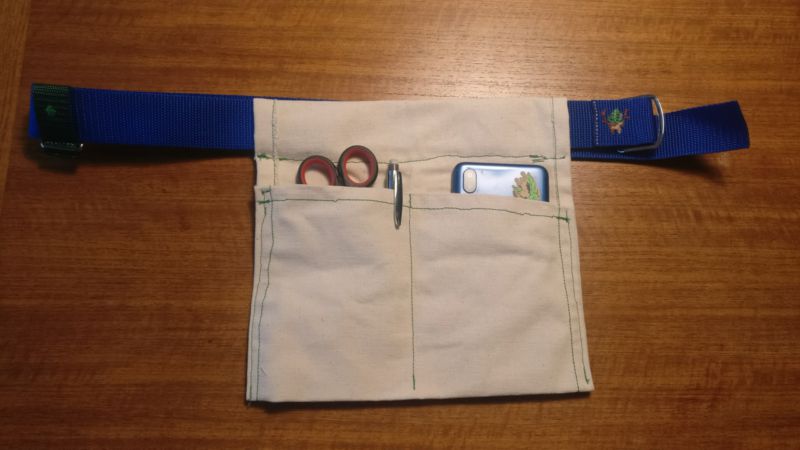
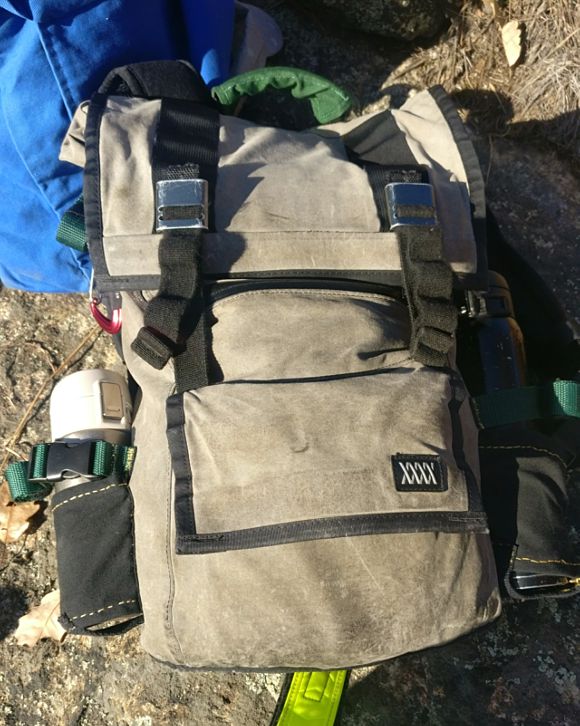
Nier: Automata mechanics
Nier: Automata spoilers ahead
I never had any interest in Nier: Automata but caught wind that there were some interesting mechanics in it, so I ended up watching this playthrough of it to see what they were. There were some neat ideas–a lot of nods to the fact that it’s a video game, mostly–but I was underwhelmed in the end. The ambient multiplayer is nice, where the bodies of other players appear in your game, but it didn’t seem all that much different than Dark Souls et al in that feature (at this point Death Stranding probably has the most interesting ambient multiplayer, where players build infrastructure for each other). Though it was pretty cool to see the opening credits/title sequence not show up until like 25 hours into the game lol.
I knew going into the playthrough that there was something about “sacrificing your game save” but didn’t realize it would be at the very end of the game! There is basically a very difficult shoot-em-up sequence over the end credits, and other players end up forming a shield around you so you can survive until the end. When a player is hit, they “die”, meaning their save game is deleted. At the end, you decide if you too are willing to sacrifice your save game so another player can make it until the end. It’s a really neat idea but at that point you’re basically finished the game so the weight of the decision is considerably less than if, say, there were parts of the game you actually gave up as a result.
Things I don’t understand about NFTs
I wish I could ignore this NFT internet fight but I can’t. This summarizes a lot of my feelings on the topic:
Everest Pipkin covers a lot of the environmental problems here, so I won’t really mention those, as important as they are. I’ve seen that piece patronizingly dismissed by NFT advocates as “not having good arguments” or “better than most anti-NFT arguments” (implied to still not be very good). I’ve never seen anyone elaborate how or why. The closest is things like: crypto responds to price signals so as renewables get cheaper, more of its energy will be renewable, or pointing out that Ethereum is switching to proof-of-stake. Whether or not the energy is renewable is kind of beside the point, all energy has a opportunity cost and we have to stop thinking that isn’t the case. Expanding even renewable energy production is not without its impacts, so we can’t take for granted that we can build out more solar or wind to satisfy crypto when that energy could probably be used in better ways. I’ve seen it argued that in China and perhaps elsewhere that the energy being used would otherwise go to waste; I have to imagine that crypto is not the only way that energy can be used. In any case, the present environmental cost alone is (should be) enough to turn people away from NFTs, and some pale promise of a greener crypto stack in the indeterminate future gives no comfort.
As the image above points out, one of the best parts of the digital medium is near-zero marginal cost replication. With that in mind this push for NFTs feels sort of like a kind of digital enclosure. The analogy doesn’t totally work because enclosure takes common land use for subsistence whereas here it’s “closing off” something that people don’t live off of (and would argue is exactly the problem, that the easy of copying and difficulty of tracking are exactly what make it hard to live off of say digital music). Maybe that completely negates the analogy. But in any case it seems to squander a really unique and important property of the digital world. And the off-chance of making money off it as an artist feels just like another form of capitalist meritocracy masquerading as the only feasible and legitimate way to a better life. I’m curious to see the numbers on this, but I suspect that the vast majority of money made with NFTs is through people with already well-established presences and that are already materially doing ok (though I know that these two things aren’t highly correlated in the arts). I pointed out elsewhere that it seems telling that the examples used are often already-established artists/companies like Adidas and Kanye, since ultimately an NFT’s value has to be realized through a secondary market of some kind. It smells a little like the WSB/GME situation, which was basically Wall Street kayfabe that got spun into a nonsense David-vs-Goliath story–rich insiders against rich insiders played off as some kind of populist revolution.
What enforces the connection between the ownership of the crypto asset and ownership of its referent? If I sold an NFT that I said represented an image I made, if I later declare that I no longer recognize that as a valid indication of ownership, what would happen? I suppose collectors or whoever would refuse to recognize my claim, but could they sue me or what? I guess many kinds of financial value are on similarly shaky ground. Can you “double mint” NFTs to point to the same thing?
That said, I get the appeal of automatically re-capturing a fraction of re-sale and I know that it’s extremely hard to get by in the arts…but are NFTs really going to change that or are they only the most recent grift that promises to do so?
Anyway, I hope that’s enough to get the NFT bug out of my head.
